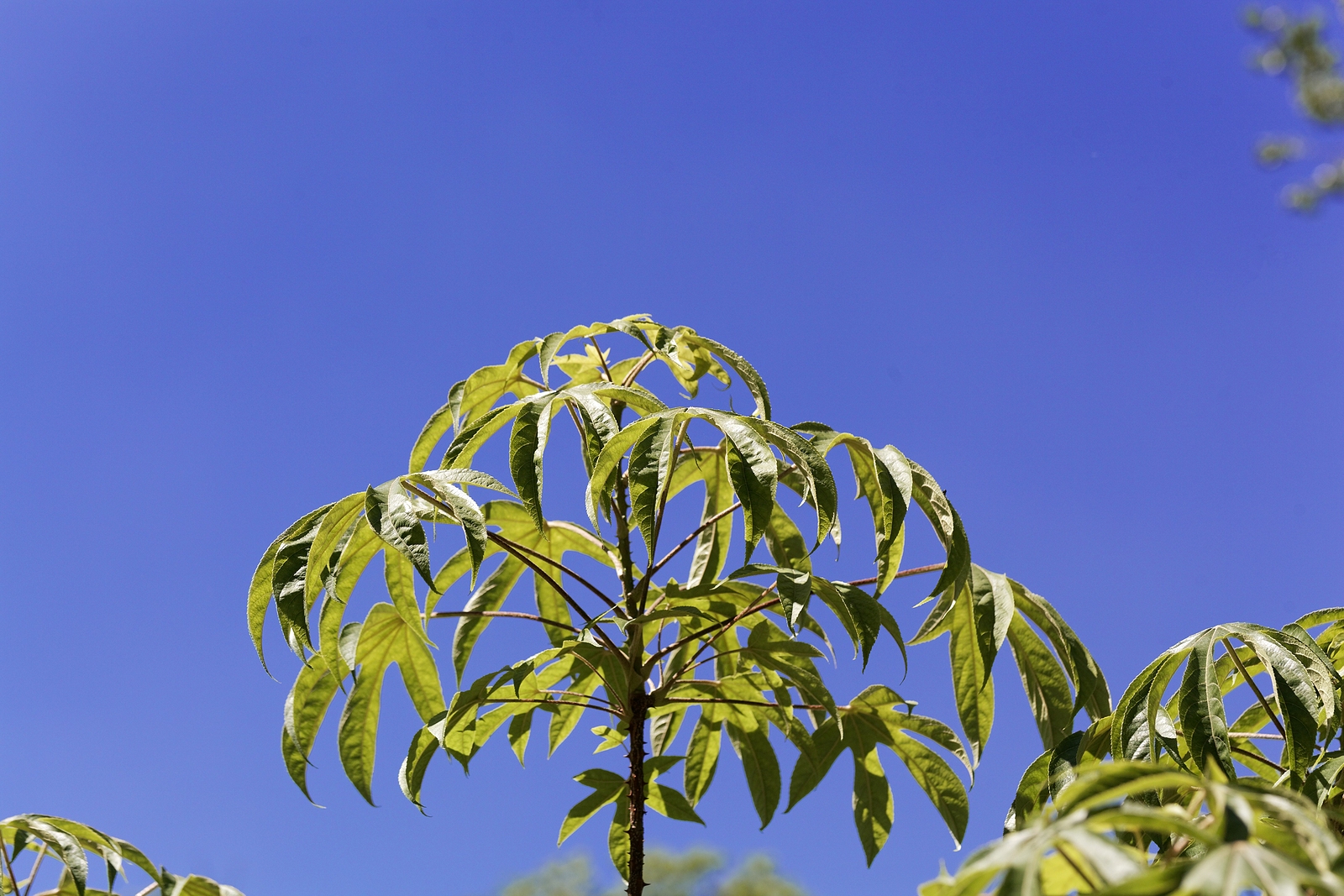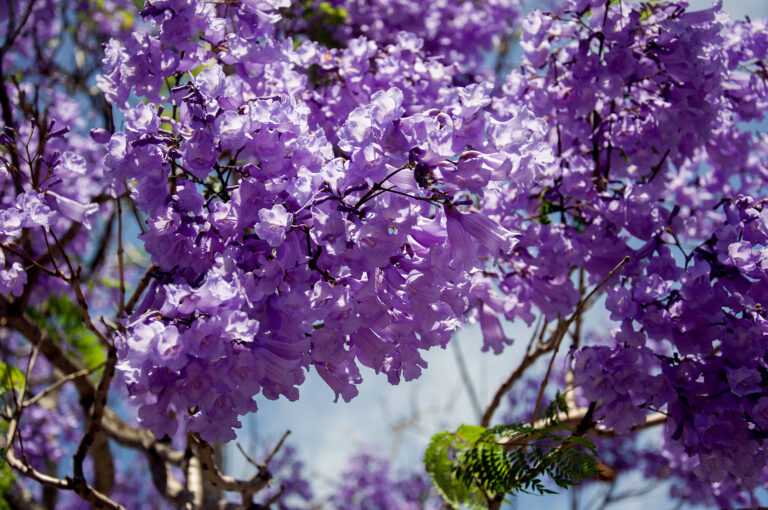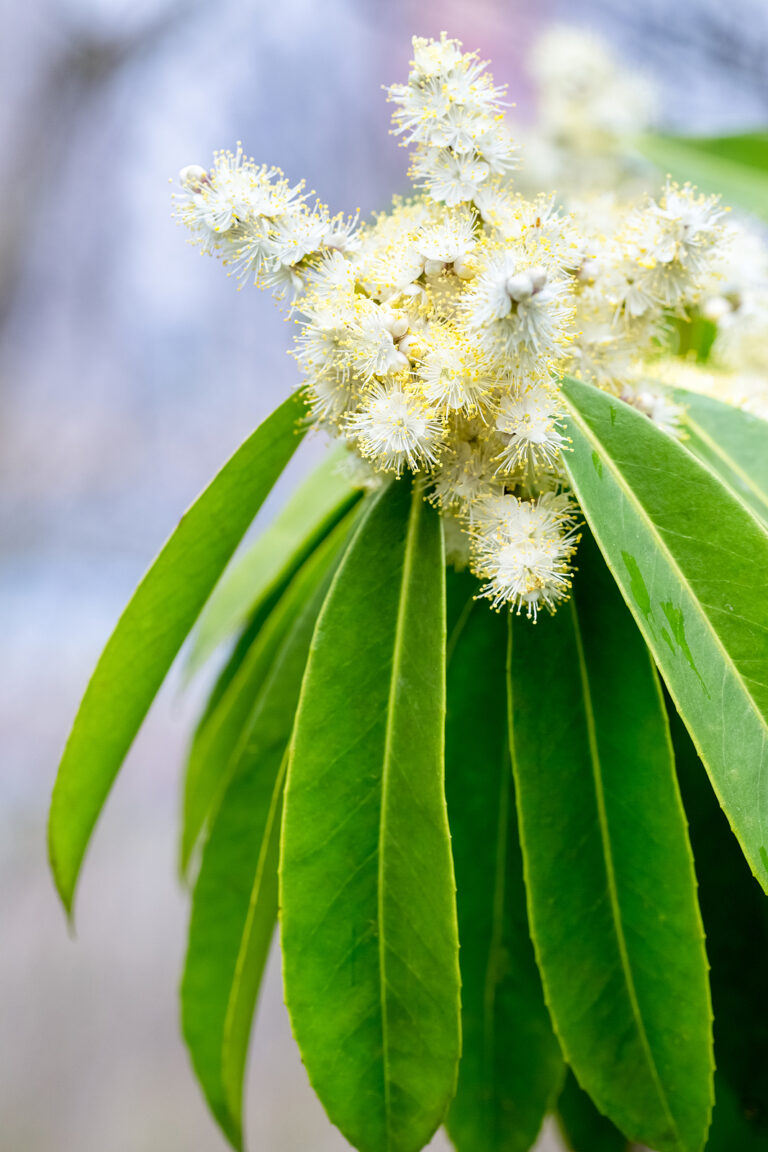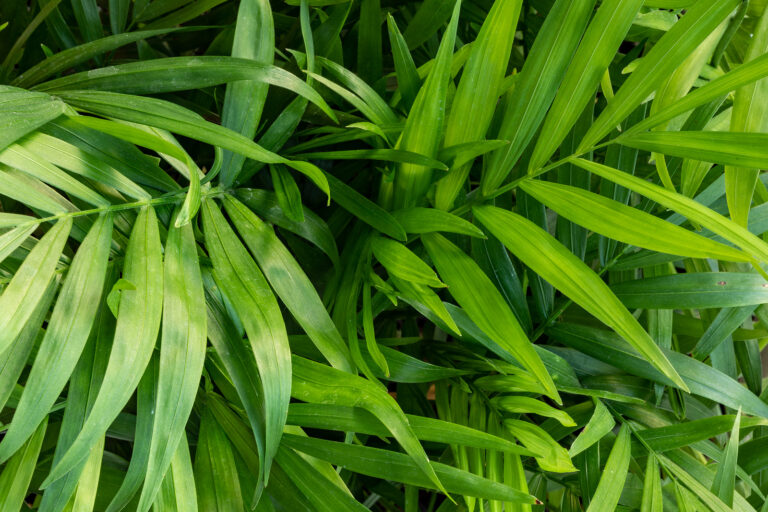How to Grow Castor Aralia — Kalopanax
Kalopanax–commonly called castor aralia or tree aralia–is a deciduous tree with a spreading, round habit. Kalopanax bears large palmately lobed leaves that can exceed one foot (30cm) in width. Kalopanax also bears large terminal, umbel-like tiny white flower panicles in late summer. Tiny black fruits follow the flowers and are quickly eaten by birds.
Kalopanax has a tropical look but is Hardy to USDA Zone 5. Kalopanax grows to 30 feet (10m) tall and wide. Kalopanax has a spiny trunk and spiny branches; it has relatively few branches. Spines eventually disappear from the trunk and larger branches.
Kalopanax is a genus of one species. It is native to forests in East Asia.
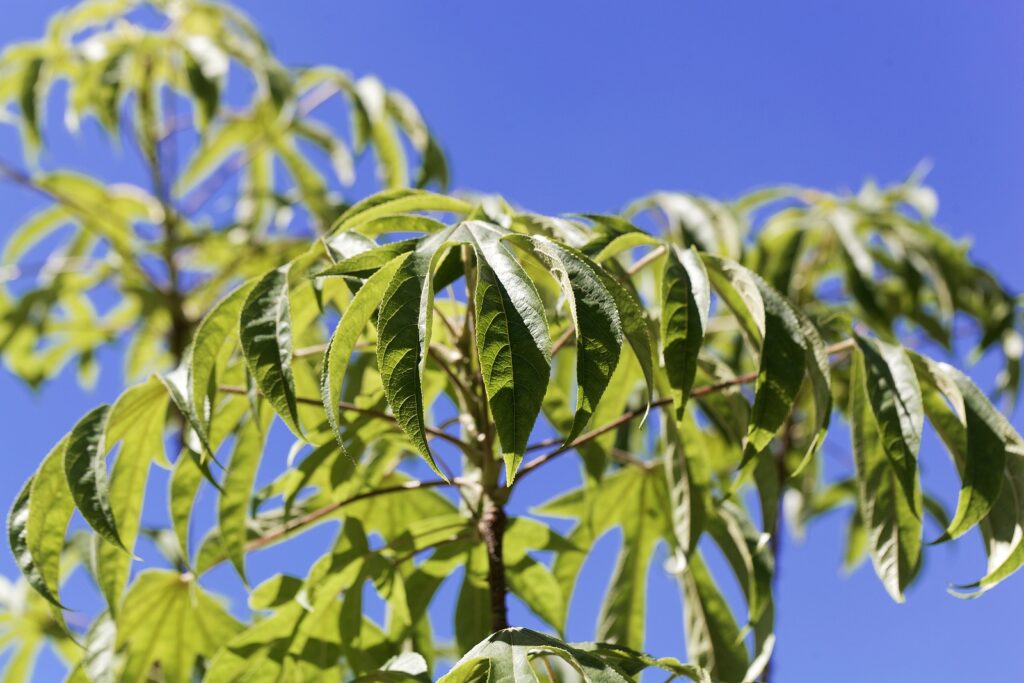
Get to know Kalopanax
- Plant type: Deciduous tree
- Growing zones and range: Zones 5 to 9
- Hardiness: Hardy to Zone 5
- Height and width: To 30 feet (10m) tall and wide
- Growth rate: Fast
- Form and habit: Spreading, attractive, rounded habit
- Foliage: Large, in variably shaped, palmately lobed leaves, which are arranged alternately and vary from hairless to very hairy beneath
- Flowers: Large, terminal, umbel-like panicles of usually white, 4- or 5-petaled flowers
- Fruits: Spherical, tiny, blue-black fruit
- Bloom time: Late summer
- Uses: Specimen tree
- Common name: Castor aralia, Tree aralia
- Botanical name: Kalopanax
- Family name: Apaliaceae
- Origin: East Asia
Where to plant Kalopanax
- Plant Kalopanax in full sun or partial shade, preferably sheltered by other trees and shrubs.
- Plant Kalopanax in fertile, moist but well-drained soil.
When to plant Kalopanax
- Sow Kalopanax seed in containers in a cold frame in autumn.
Planting and spacing Kalopanax
- Plant Kalopanax 30 feet (10m) apart.
- Plant Kalopanax deep to accommodate the tree’s long root structure.
How to water and feed Kalopanax
- Give Kalopanax regular water.
- Feed Kalopanax with an all-purpose organic fertilizer in spring.

How to care for Kalopanax
- Prune young Kalopanax trees at any time during the spring; old trees rarely require pruning.
Kalopanax pests and diseases
- Pests and diseases are infrequent.
Kalopanax propagation
- Take Kalopanax greenwood cuttings in early summer.
- Sow seeds in a container in a cold frame in autumn.
Kalopanax varieties to grow
- Kalopanax pictus, Castor aralia, spreading, deciduous tree with spines on the trunk and shoots, and variably shaped, shallowly to deeply 5- to 7-lobed, dark green leaves, to 14 inches (35cm) or more across, which vary from hairless to very hairy beneath. Large, umbel-like panicles, 8-12 inches (20-30cm) long, of small, 4- or 5-petaled white flowers, .06 inch (2mm) across, are borne in late summer, followed by spherical, blue-black fruit, .13 inch (3mm) across. To 30 feet (10m) tall and wide. China, Korea, Russia (South Kurile Islands, Sakhalin), Japan (Ryukyu Islands).

